Local projects and priorities
Rejuvenating the ecosystem health of Te Waihora and its catchment is a key focus for our work in the zone.
We work with landowners, community, groups and other organisations to undertake a number of actions in the zone which support the protection and enhancement of biodiversity, water quality, mahinga kai and more.
Read about some of the key projects and priorities for the zone on this page, or contact our Tuam Street office on 03 365 3828 to find out more.
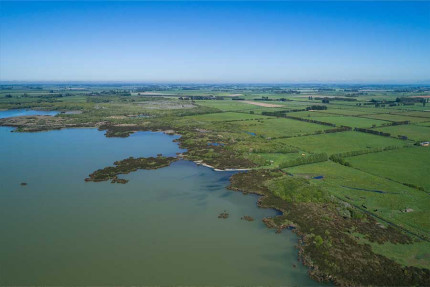
Whakaora Te Waihora
Whakaora Te Waihora is an ecological and cultural restoration programme for Te Waihora/Lake Ellesmere — an internationally significant wetland and tribal taonga. It is governed by the Te Waihora Co-Governance Group, which includes Ngāi Tahu, Environment Canterbury, Selwyn District Council and Christchurch City Council.
The programme’s vision is to restore and rejuvenate the mana, mauri and ecosystem health of Te Waihora and its catchment.
Read more about Whakaora Te Waihora.
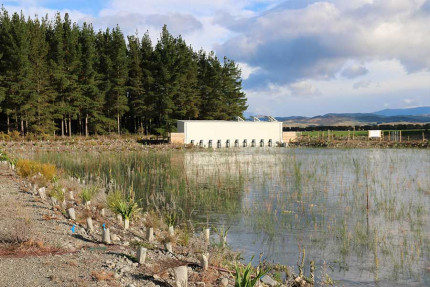
Waikirikiri/Selwyn Near River Recharge project
The Waikirikiri/Selwyn Near River Recharge project is a multi-million dollar scheme to enhance cultural, environmental and recreational values in the region.
It involves discharging clean Rakaia River water into the groundwater system near the Waikirikiri/Selwyn River during dry periods. This recharges aquifers and supports downstream flow in the Waikirikiri and Hororata rivers.
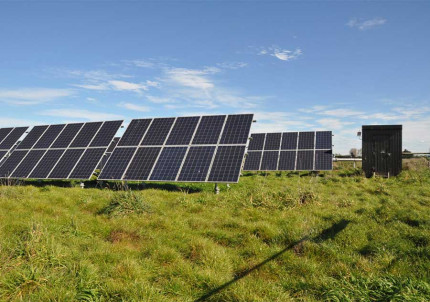
The Broadacres Target Stream Augmentation project
Establishing aquatic habitats and augmenting stream flow in the Selwyn water zone.
Read more about the Broadacres Target Stream Augmentation project.

Coes Ford Wetland
Coes Ford is a popular swimming and recreation area south of Springston. At times during summer, the water quality of the Waikirikiri/Selwyn River at the site is below standards set for swimming.
It’s hoped a proposed near Coes Ford will improve the water quality of the Silverstream – the main contributor of contaminants – before it reaches the Waikirikiri.
The wetland would help remove some of the contaminant through selected plants and sediment traps.
Read more about the proposed wetland project for Coes Ford.
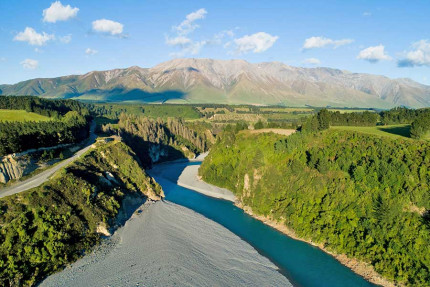
Rakaia Gorge
An intensive weed control project in Rakaia Gorge will help protect the area’s rare and precious native plants and trees.
It’s being carried out over four years, and has been made possible through the collaborative efforts of landowners and several agencies.
Sycamore and cherry as two of the priority weeds in the catchment, and cotoneaster and wilding conifers are also a focus.
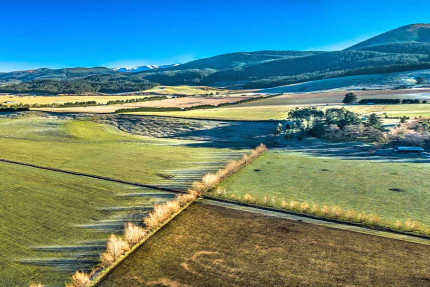
Biodiversity
Hororata biodiversity corridor
More than a dozen areas of native vegetation including wetlands have been protected and restored in the Hororata catchment, creating biodiversity “stepping stones” from the top of the catchment.
Biodiversity plantouts
Te Ara Kākāriki, with support from many other organisations, plants large areas in natives to establish a green network from the foothills across the Plains to Te Waihora/Lake Ellesmere.
Springheads and wetlands
Protection and rehabilitation of some wetlands and springheads are underway so nutrients can be removed, enhancing native vegetation and protecting special species like mudfish.
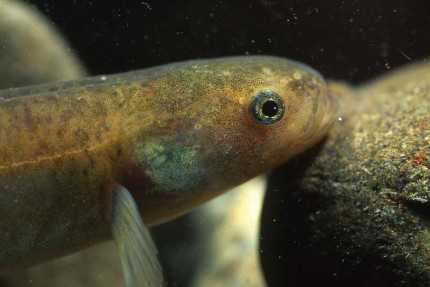
Waterways
Drains
There are over 370 kilometres of drains in the catchment, which play an essential drainage role and provide habitat for fish, as well as being a valued resource for mahinga kai.
The CAREX project led by the University of Canterbury has demonstrated ways to manage drains that increase biodiversity, and reduce nutrients and nuisance aquatic plants while still fulfilling drainage function.
Silverstream catchment
Silverstream joins the Selwyn River/ Waimakariri just above Coes Ford and is a major source of microbial contaminants at this swimming site. Environment Canterbury is working with landowners to identify and manage the streams and drains in the lower catchment, reducing run-off of sediment and microbial contaminants.
Support for farmers and community
Support is available to farmers to help meet Good Management Practice and mahinga kai outcomes. We also have support available for community groups and landowners looking to undertake an environmental project.
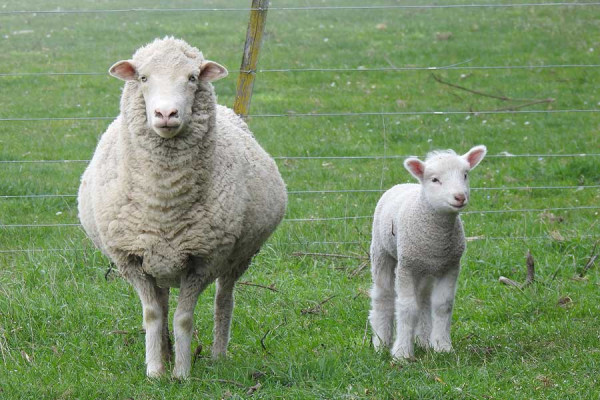
Farming in Selwyn Waihora
Find more information on consents, tools, rules and responsibilities that might apply to your farm.
Visit the Farmers' hub to find zone-specific farming information.
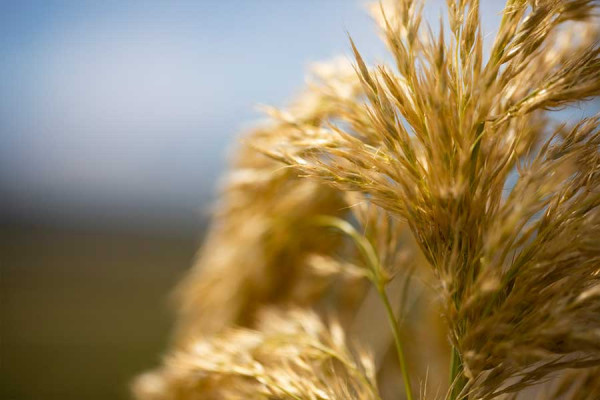
Community support
We provide support to community organisations for projects and initiatives that align with our priorities.

Lifestyle blocks
Advice and guidelines to help people on lifestyle blocks care for their land and waterways.
